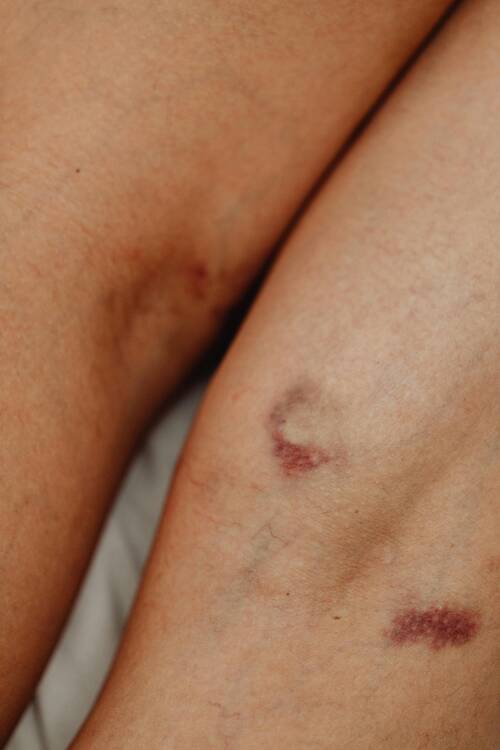Accidents leave a mark, that much is obvious. But the scars of a personal injury extend far beyond the visible bruises and broken bones. In the aftermath of an accident, victims often find themselves grappling with a host of challenges that touch every aspect of their lives. From financial strain and emotional distress to legal battles and lifestyle adjustments, the hidden costs of personal injury can be overwhelming.
Unveiling the Financial Burden
The most immediate and tangible consequence of a personal injury is often the financial burden it imposes. Medical expenses can quickly escalate, encompassing everything from emergency room visits and surgeries to ongoing rehabilitation and medication. For those unable to work due to their injuries, lost wages become a significant concern, impacting their ability to support themselves and their families.
In the case of accidents involving property damage, such as car crashes, victims may face additional costs for vehicle repairs or replacements. Even seemingly minor injuries can lead to unexpected out-of-pocket expenses for things like assistive devices, transportation to medical appointments, and home modifications. In such circumstances, seeking the guidance of a
New York personal injury law firm can be crucial. These legal professionals can assess the full scope of damages, both current and future, and help victims understand their options for financial recovery. They can also negotiate with insurance companies and advocate for fair compensation on behalf of their clients, ensuring that victims receive the financial support they need to rebuild their lives.
(more…)
